Dissociative Identity Disorder is a complex and often misunderstood mental health condition that can develop in individuals who have experienced long-term trauma, often during early childhood. It serves as a coping mechanism to help dissociate and compartmentalize distressing memories and experiences. However, living with undiagnosed DID is isolating and challenging, with sufferers experiencing a range of debilitating symptoms.
“Learning Not to Be Afraid of Yourself” is an exhibition aiming to clear the stigmatisation of Dissociative Identity Disorder (DID), which is often misdiagnosed and leads to people not getting the help they need. By immersing visitors in the experience of DID, the desired result is to raise awareness and promote a deeper understanding of the condition.
The exhibit utilises visuals that depict the struggle of living with two distinct personality states that clash and create chaos. This results in a surreal and unsettling reality that accurately represents the disorienting and nightmarish experience of those with Dissociative Identity Disorder. Throughout the exhibition, various elements such as the guidebook intentionally portray lapses in reason and judgment by tearing, distorting, or stopping. These seemingly small details are crucial to fully immersing visitors in the experience of dissociation, as all aspects of the exhibition reflect the challenges faced by individuals with DID.
As part of the exhibition, the ticket of entry is a visitor’s first point of interaction with the exhibition. During the start of the exhibit the ticket is in a pristine state, but as visitors move through the space and encounter the immersive room, the ticket gradually transforms into a torn and disjointed state, mirroring the fragmented reality of those living with DID. By the end of the exhibit, visitors have a physical memento of their journey, in the form of a dissociative, torn ticket. This feature adds another layer of depth to the exhibition, creating a powerful and memorable experience for visitors.
Additionally, the guidebook of the exhibition also plays a crucial role in adding emphasis to the immersive experience. The guidebook serves as a companion to the visitor, providing vital information regarding the art pieces and the immersive room. However, the guidebook is also designed to give visitors an experience of lapses in reason and memory, similar to what someone with DID might experience. It will include intentional errors, such as confusing pages or random thoughts, which are designed to replicate the fragmented experience of dissociation. By experiencing these lapses in reasoning and memory, visitors can better understand and empathize with the experiences of someone with DID.
By intentionally creating a disjointed and disorienting experience, the exhibition aims to create a greater understanding and empathy for those living with this complex condition. By highlighting the seriousness of DID, it hopes to show those who may be struggling with the disorder that they are not alone and can seek appropriate help and support.
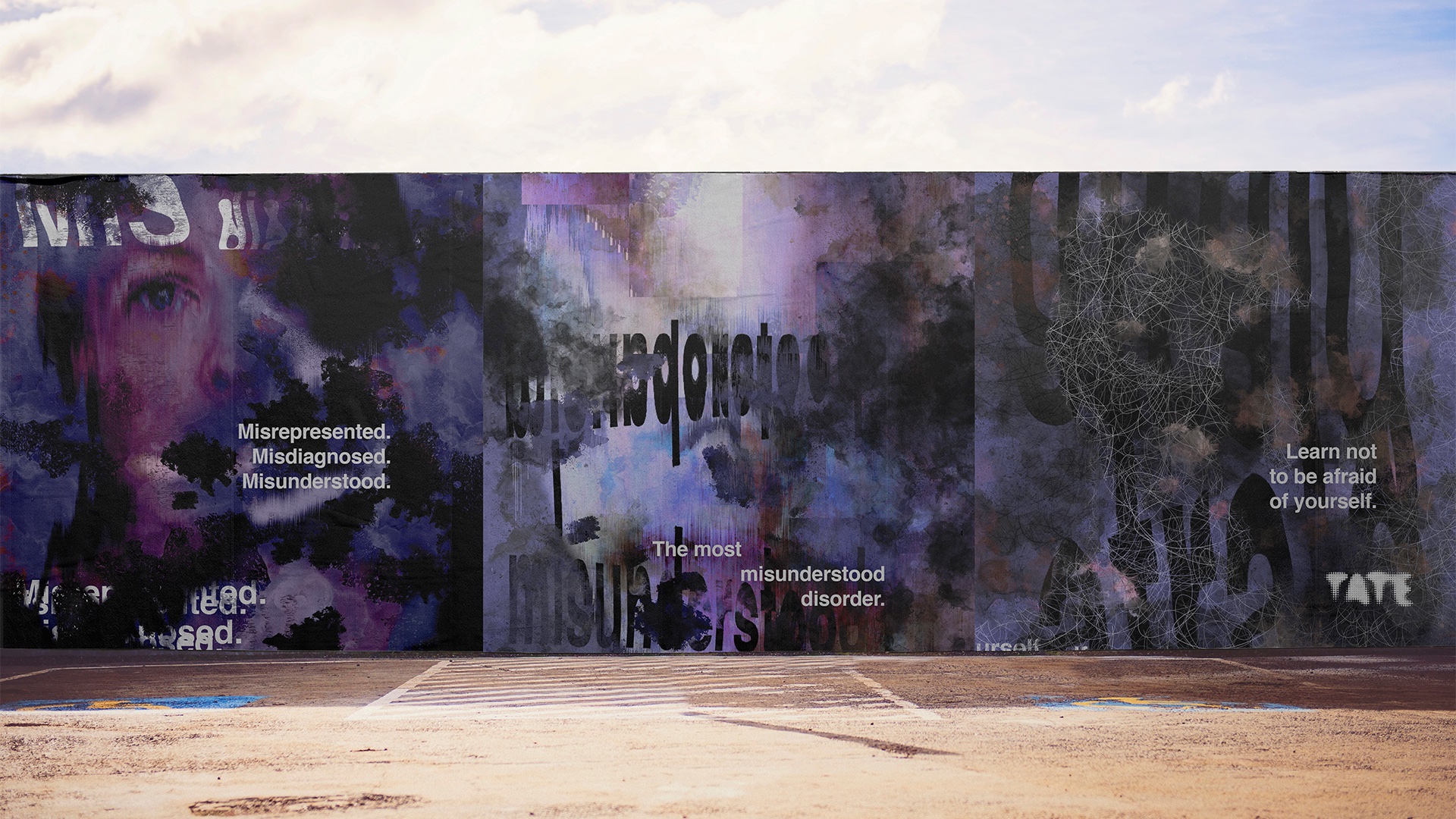
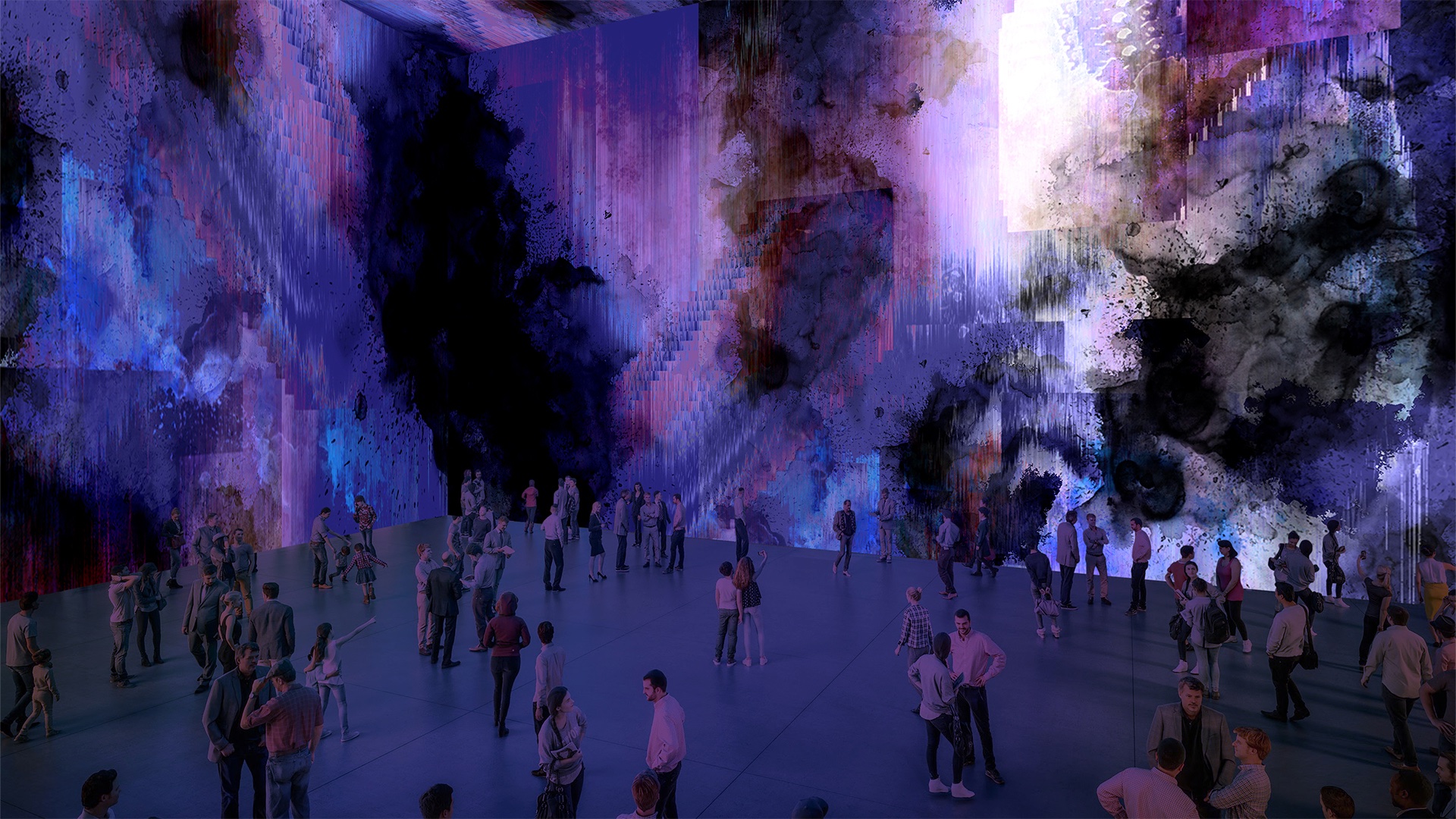
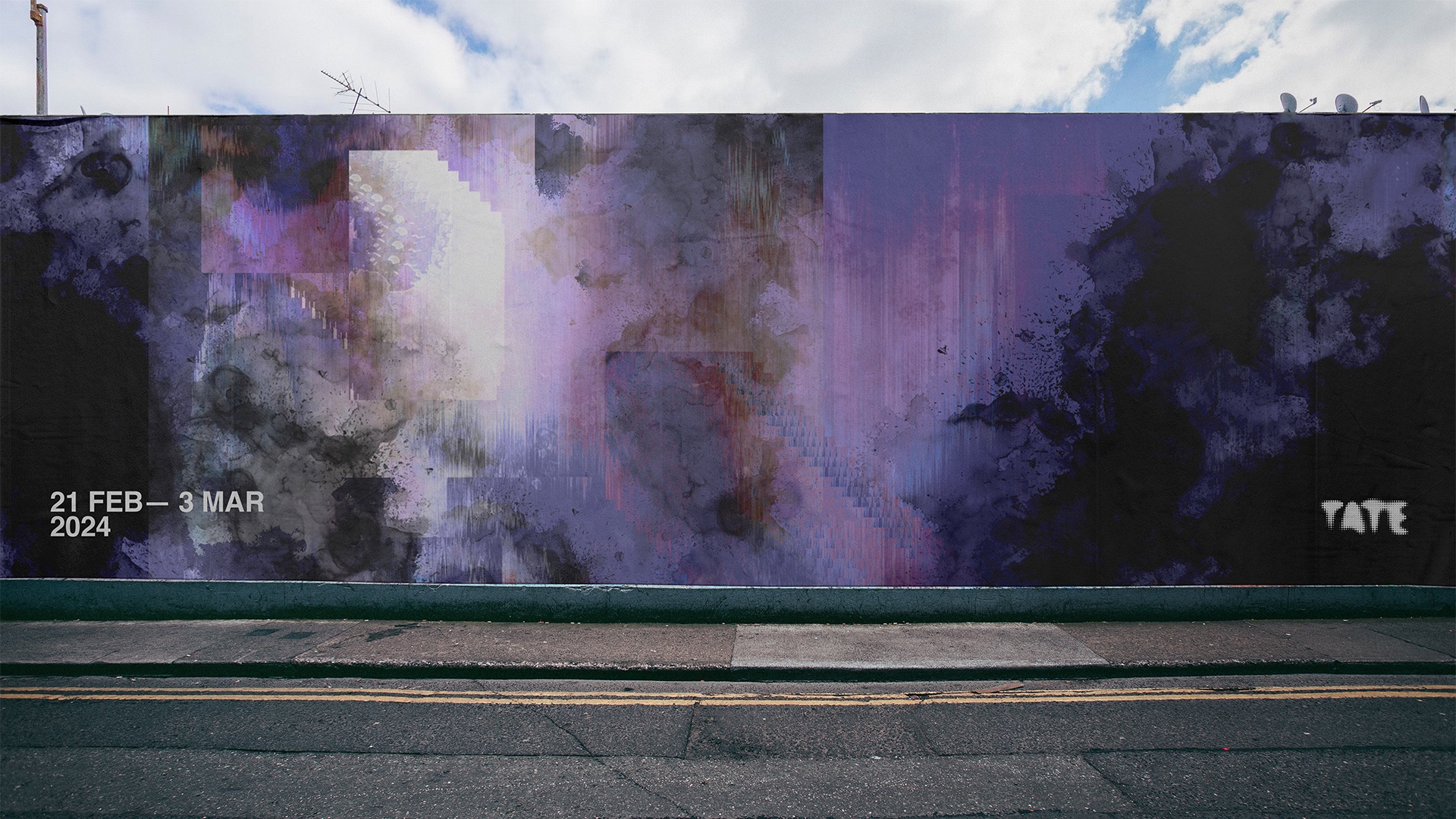
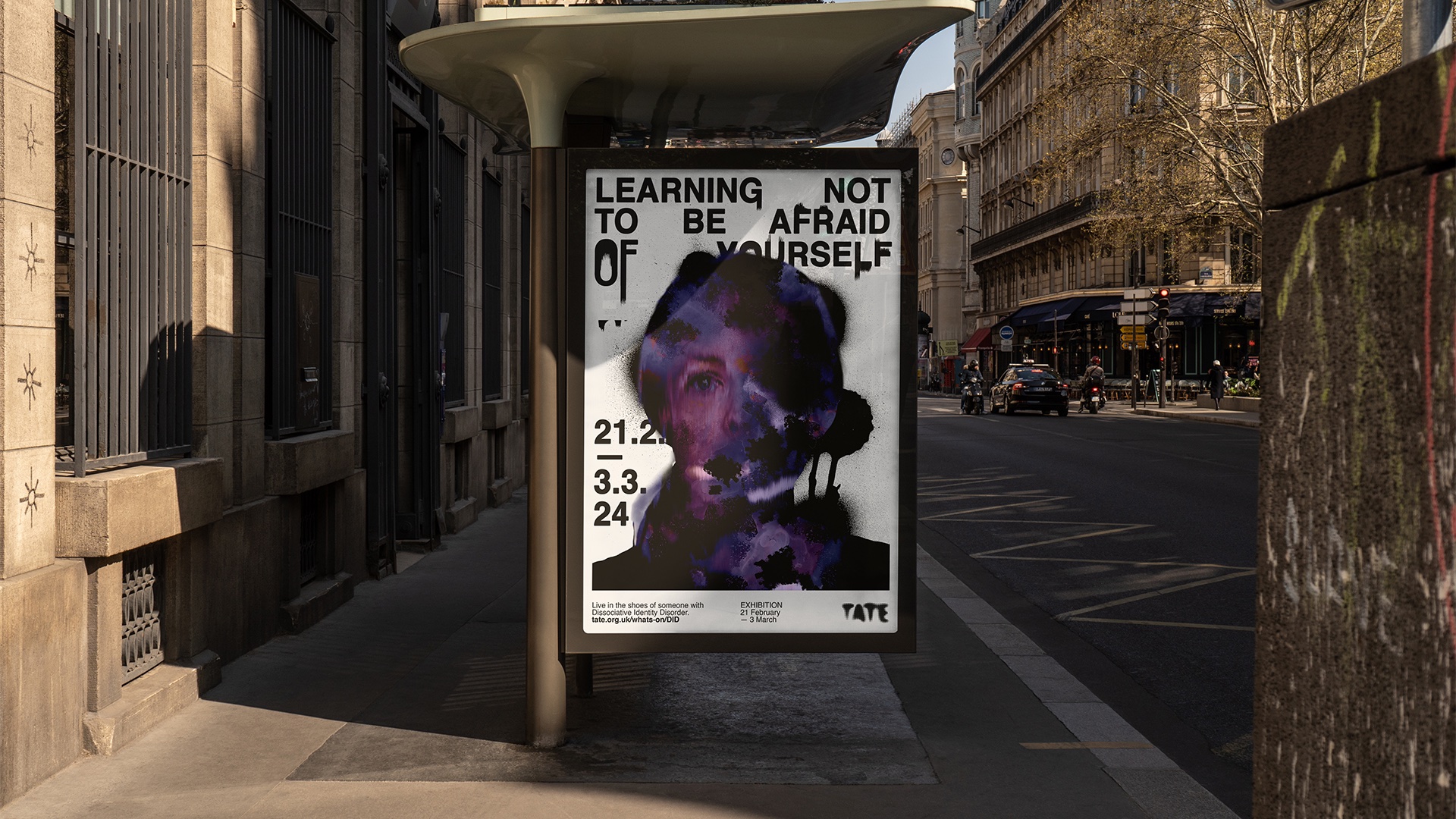
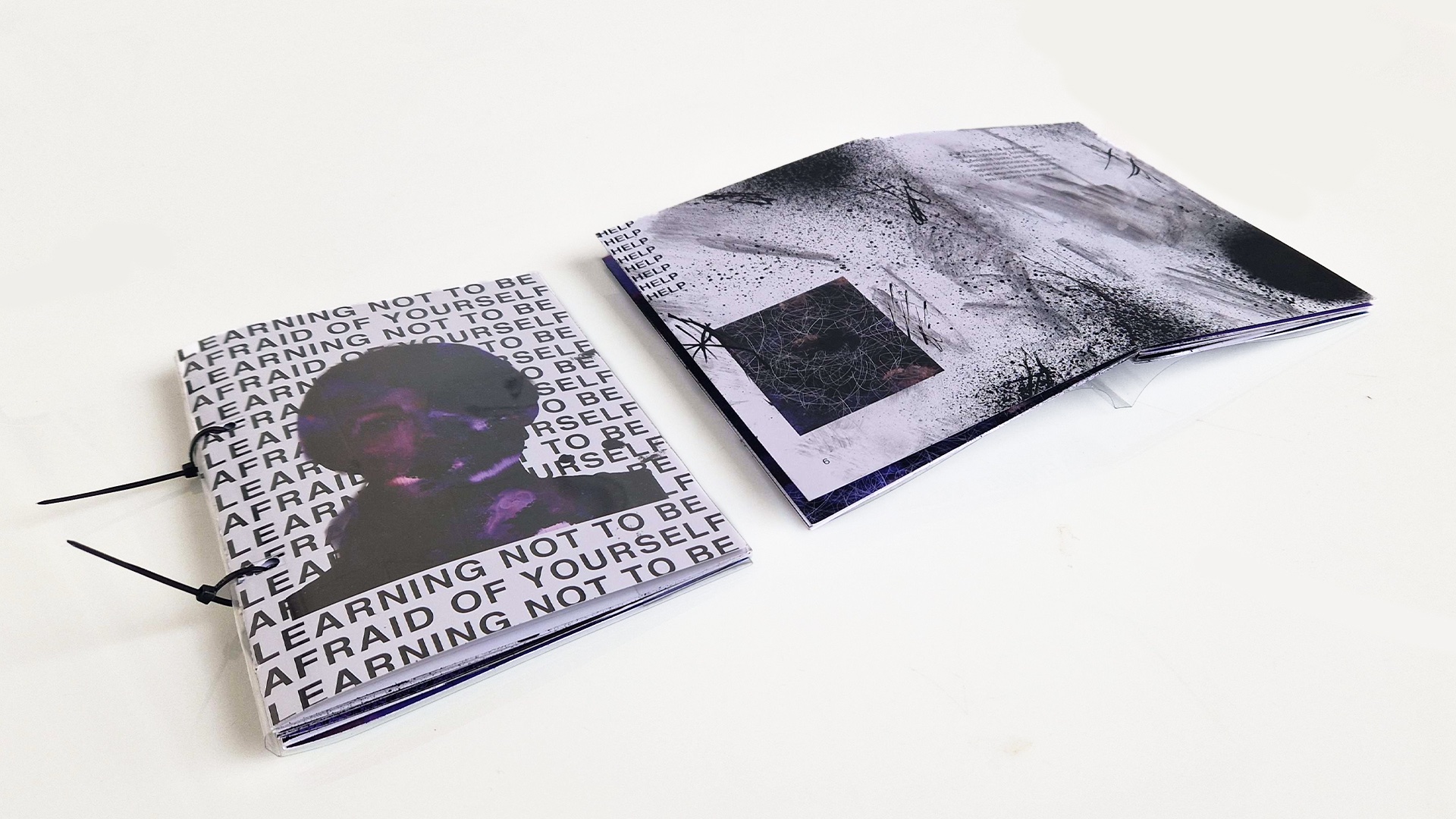
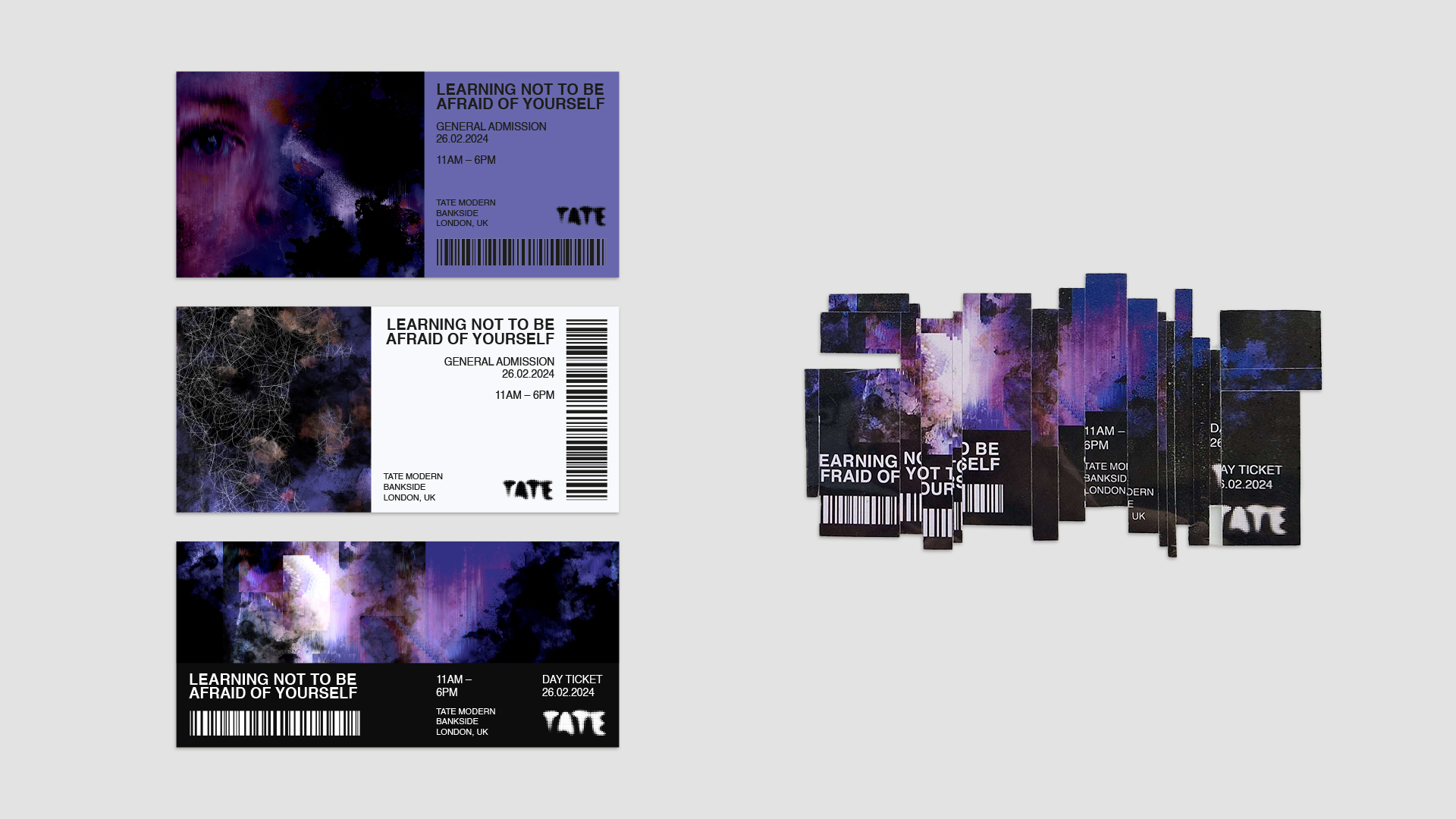
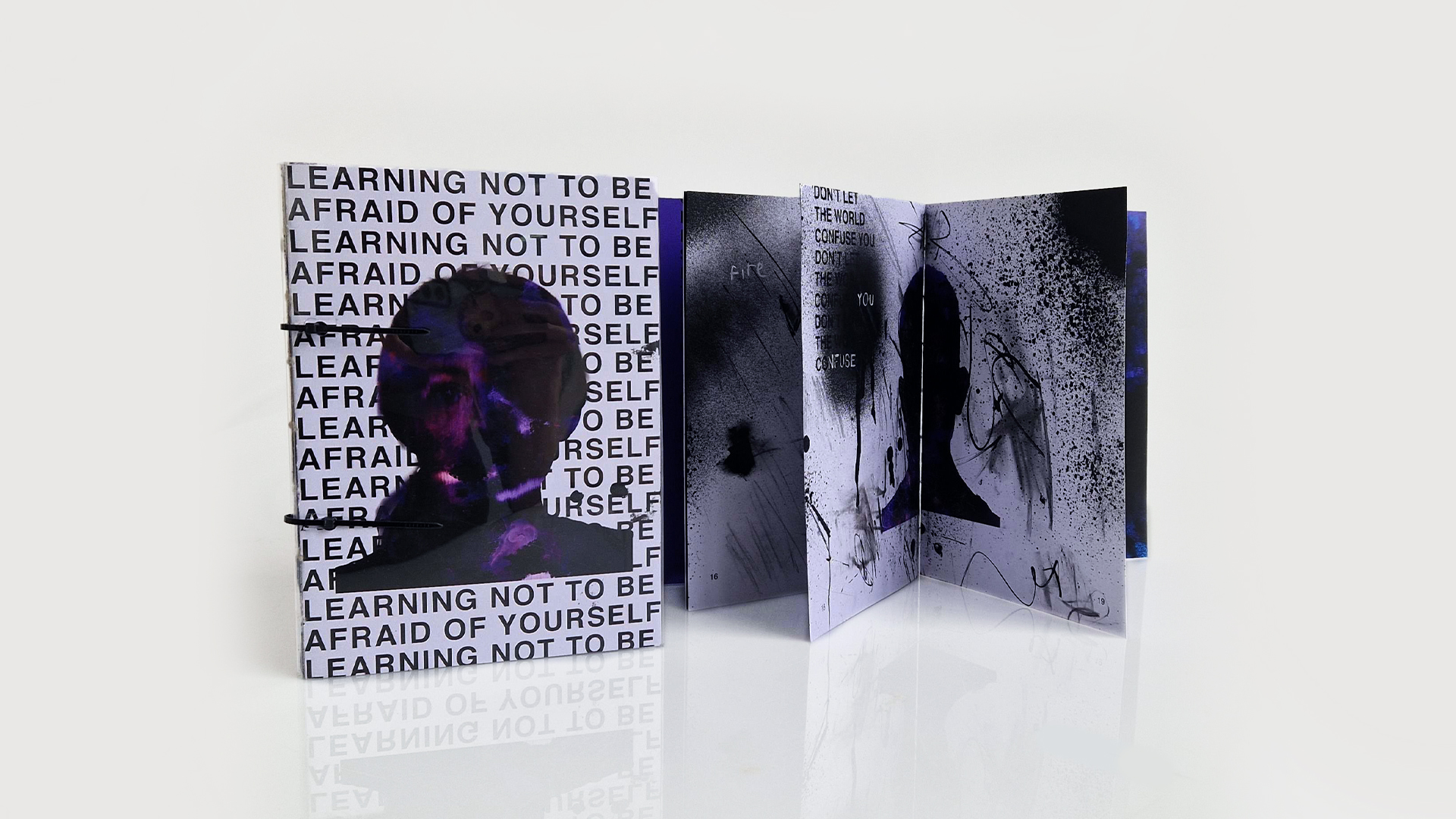
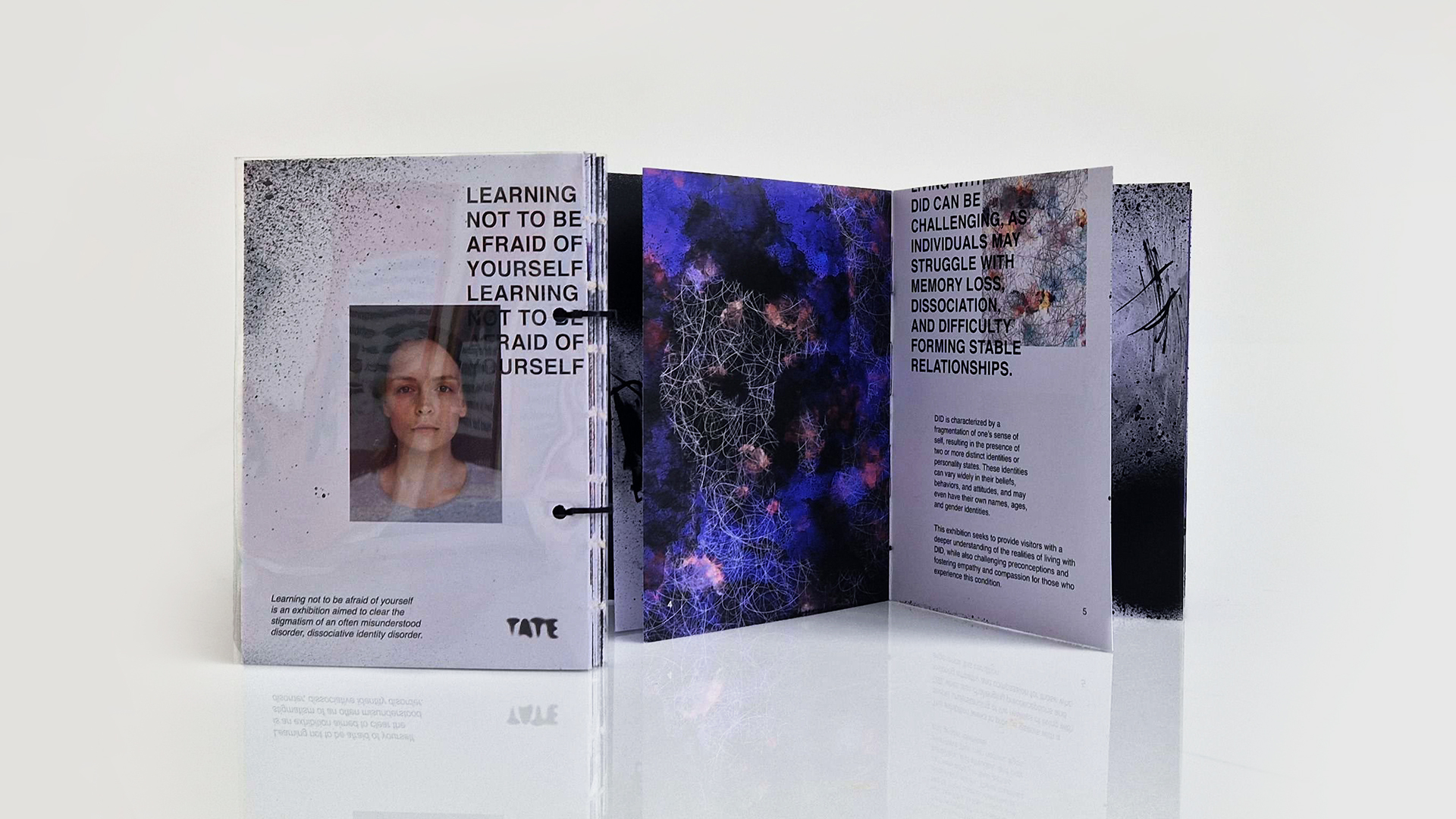
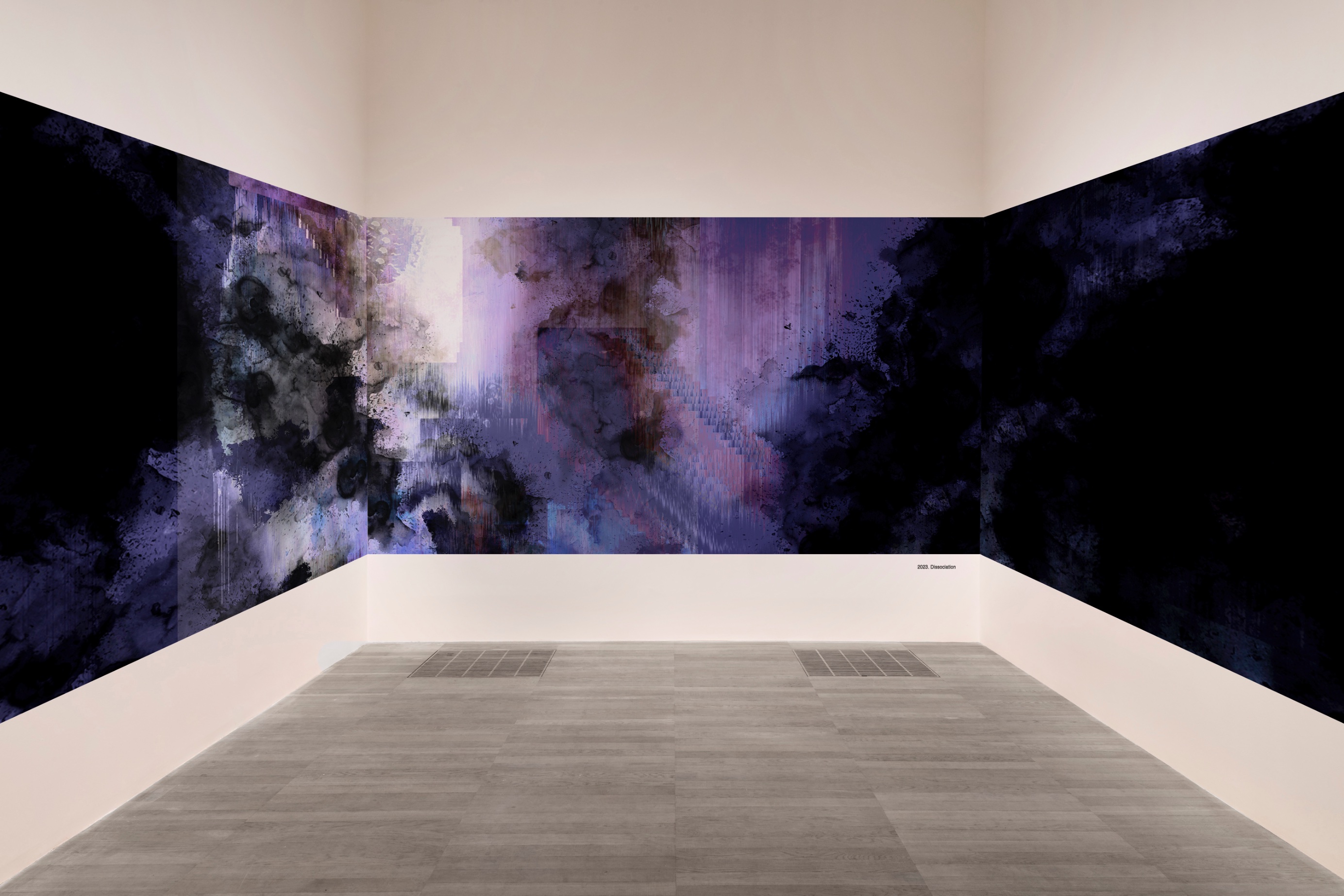
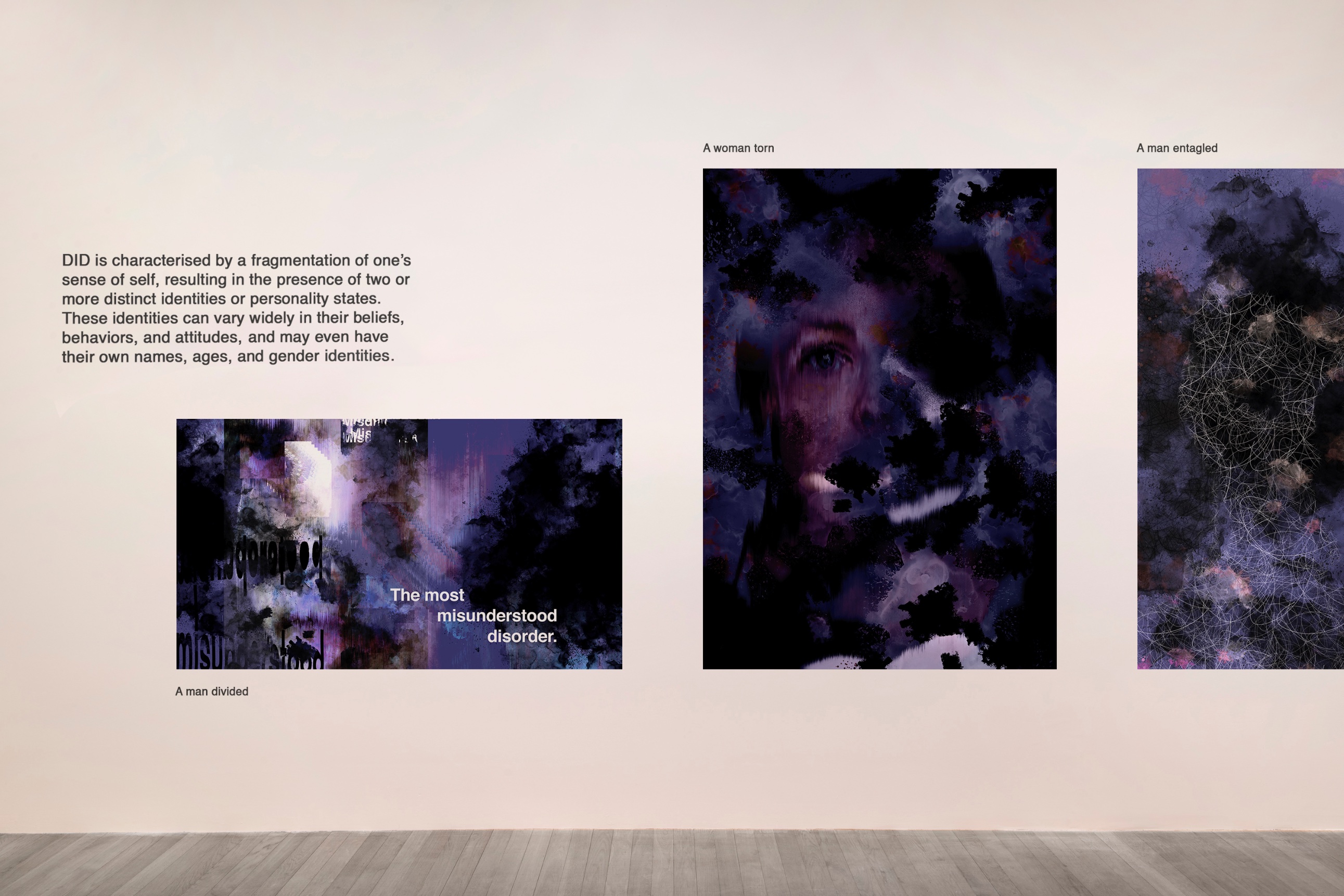
CREDIT
- Agency/Creative: Catherine Gazy
- Article Title: Dissociative Identity Disorder Exhibition Branding
- Organisation/Entity: Student
- Project Type: Identity
- Project Status: Non Published
- Agency/Creative Country: United Kingdom
- Agency/Creative City: Bedford
- Market Region: North America
- Project Deliverables: Brand Identity
- Industry: Health Care
- Keywords: WBDS Student Design Awards 2023/24
- Keywords: Identity, Brand Design Creation
-
Credits:
Educational Institution: University of Hertfordshire - School of Creative Arts
Educator's Name: Nick Lovegrove











